
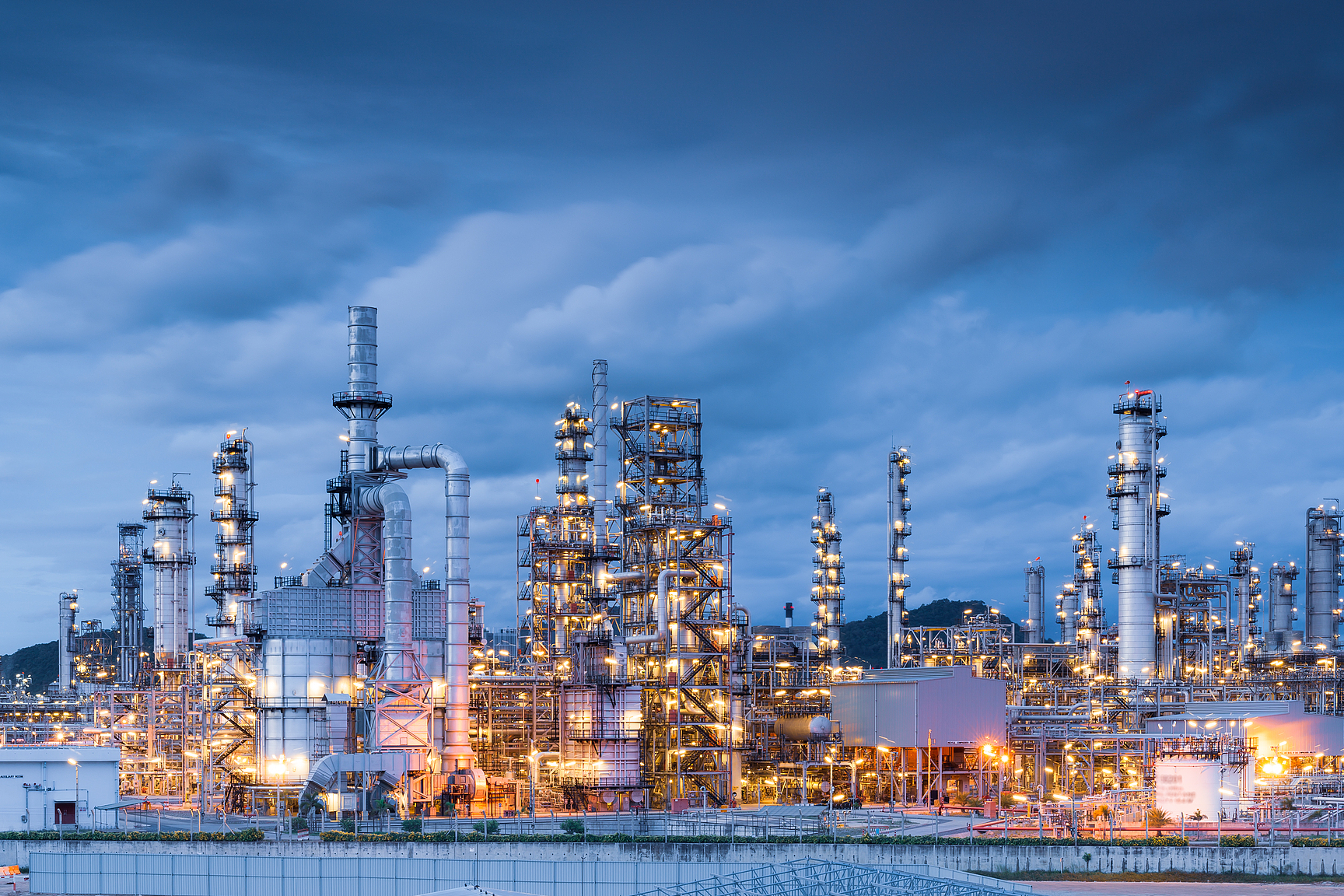

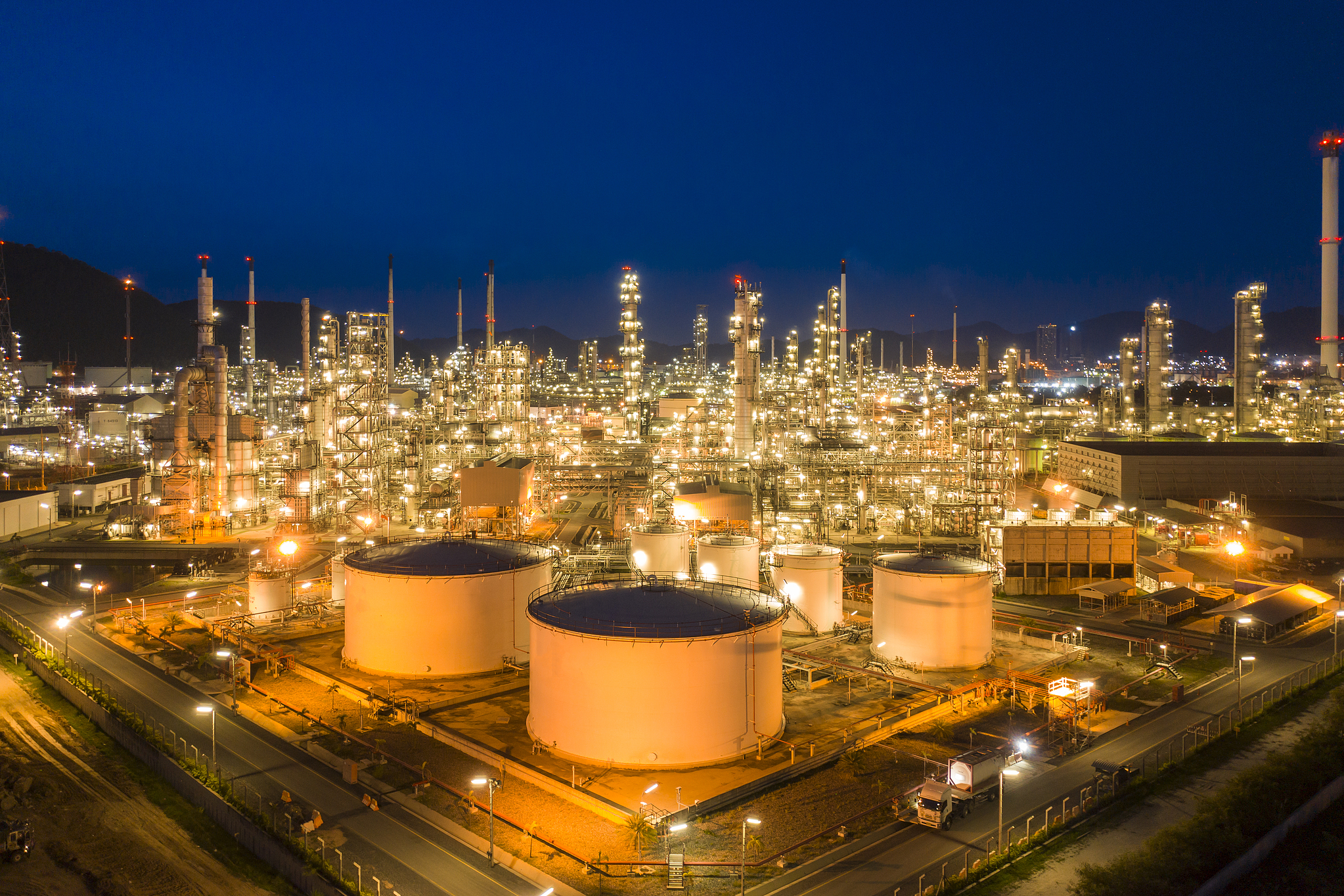

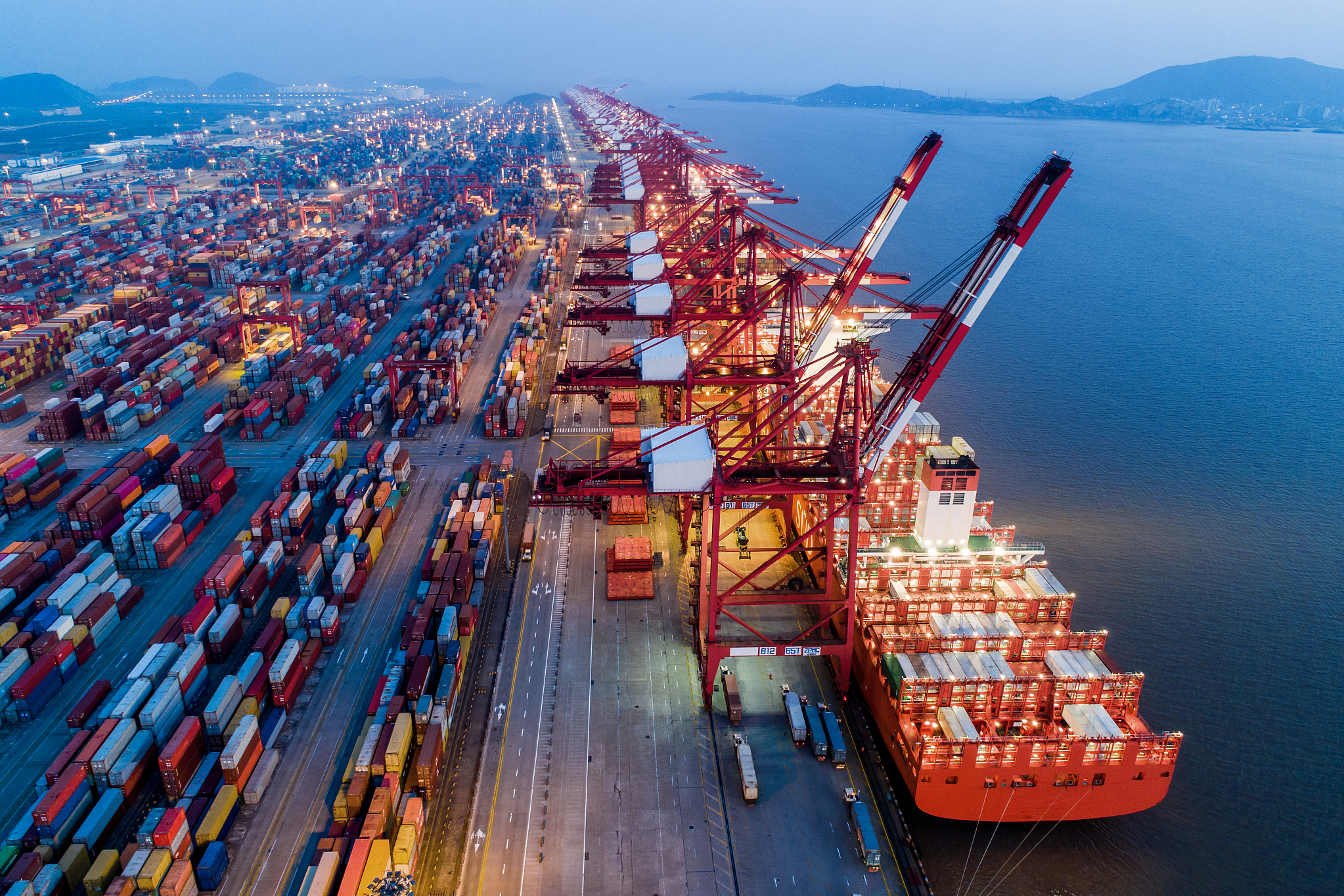
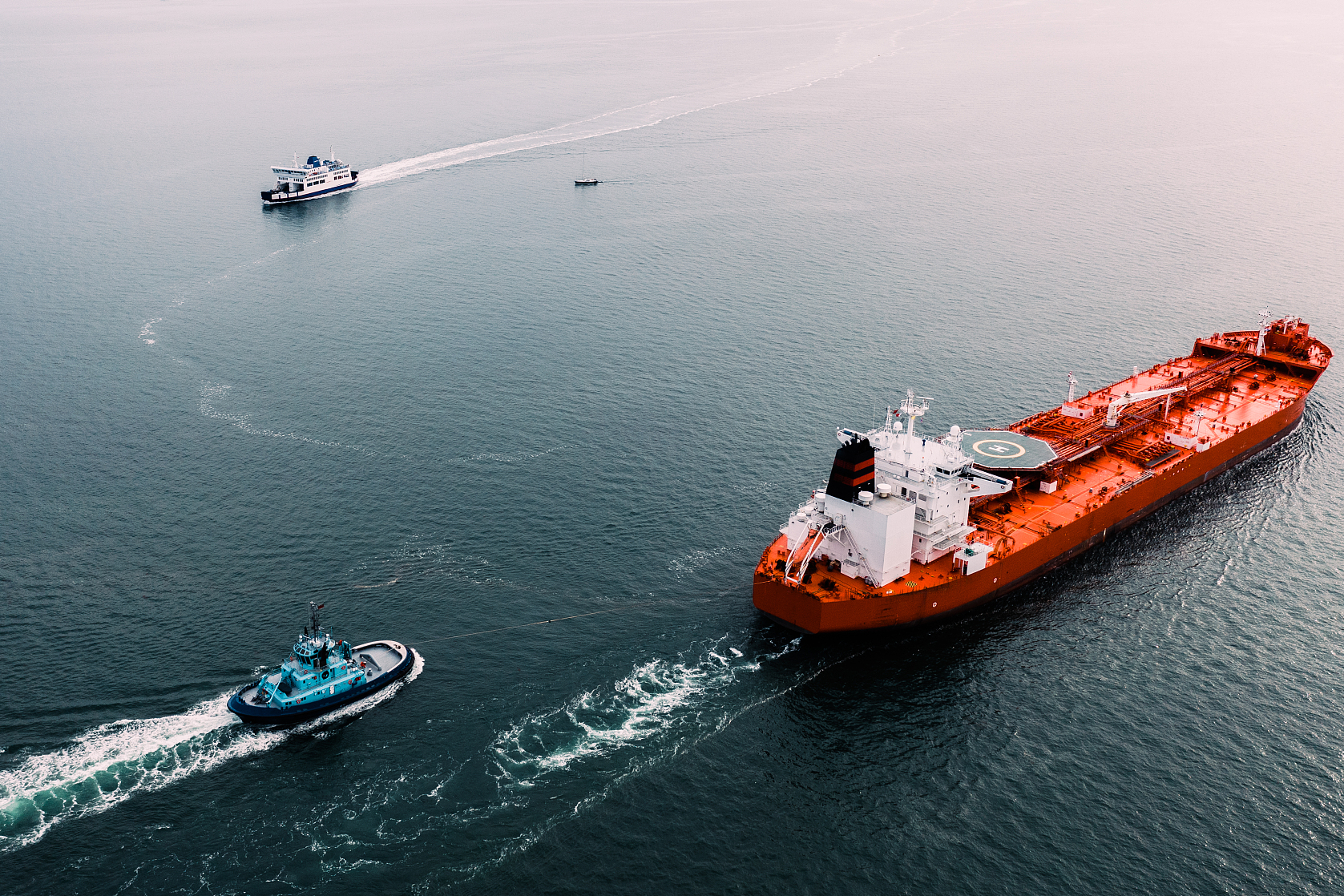

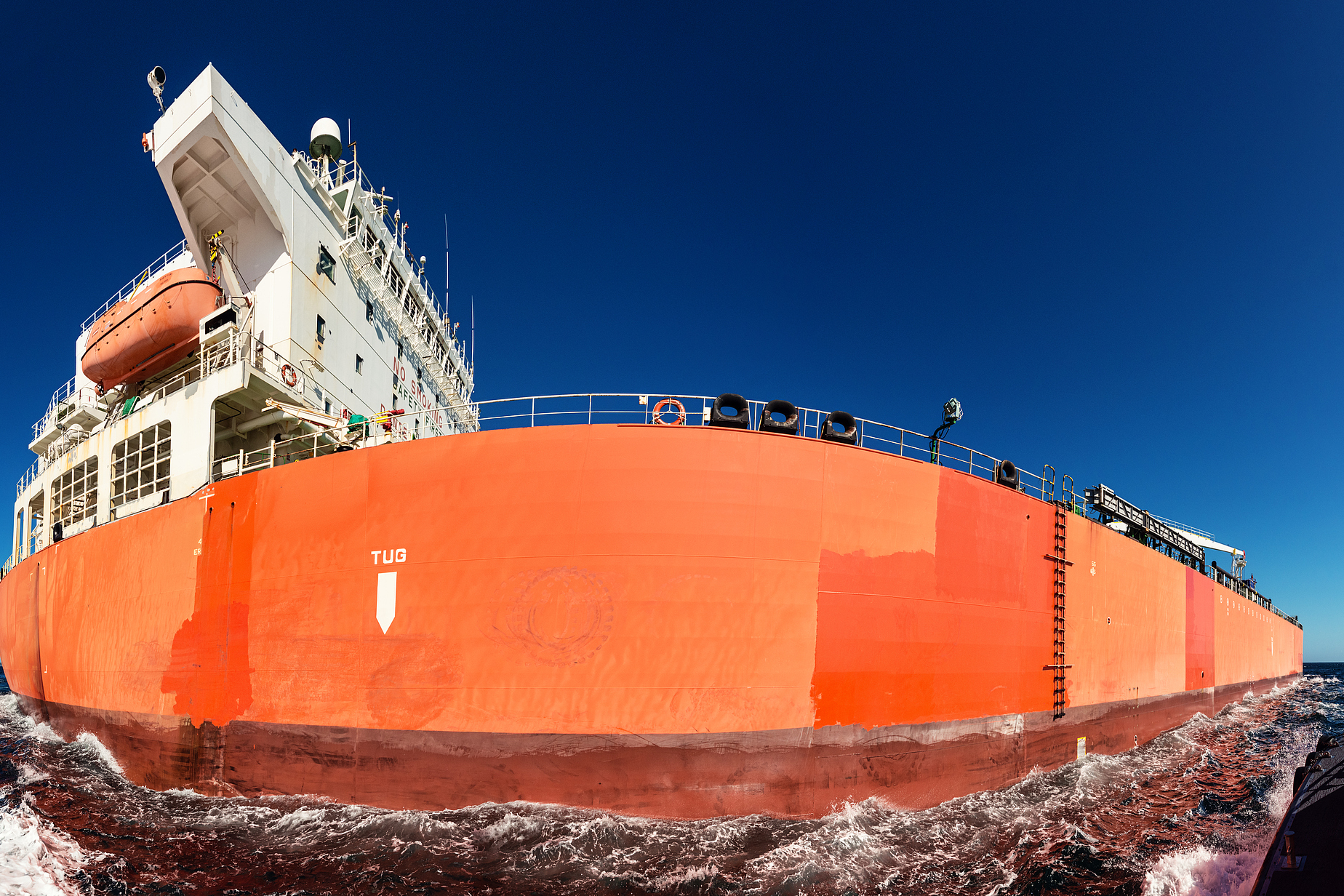
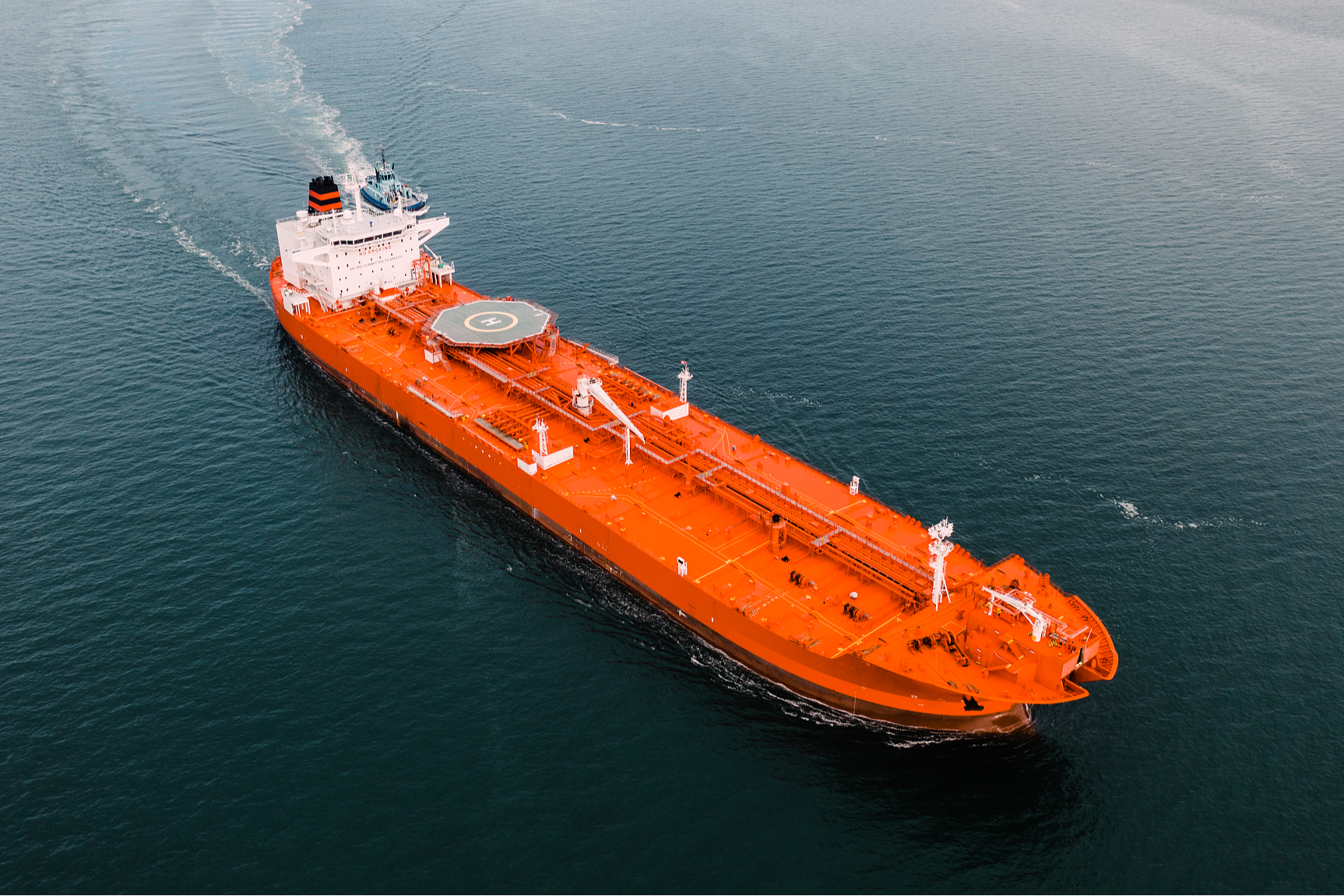
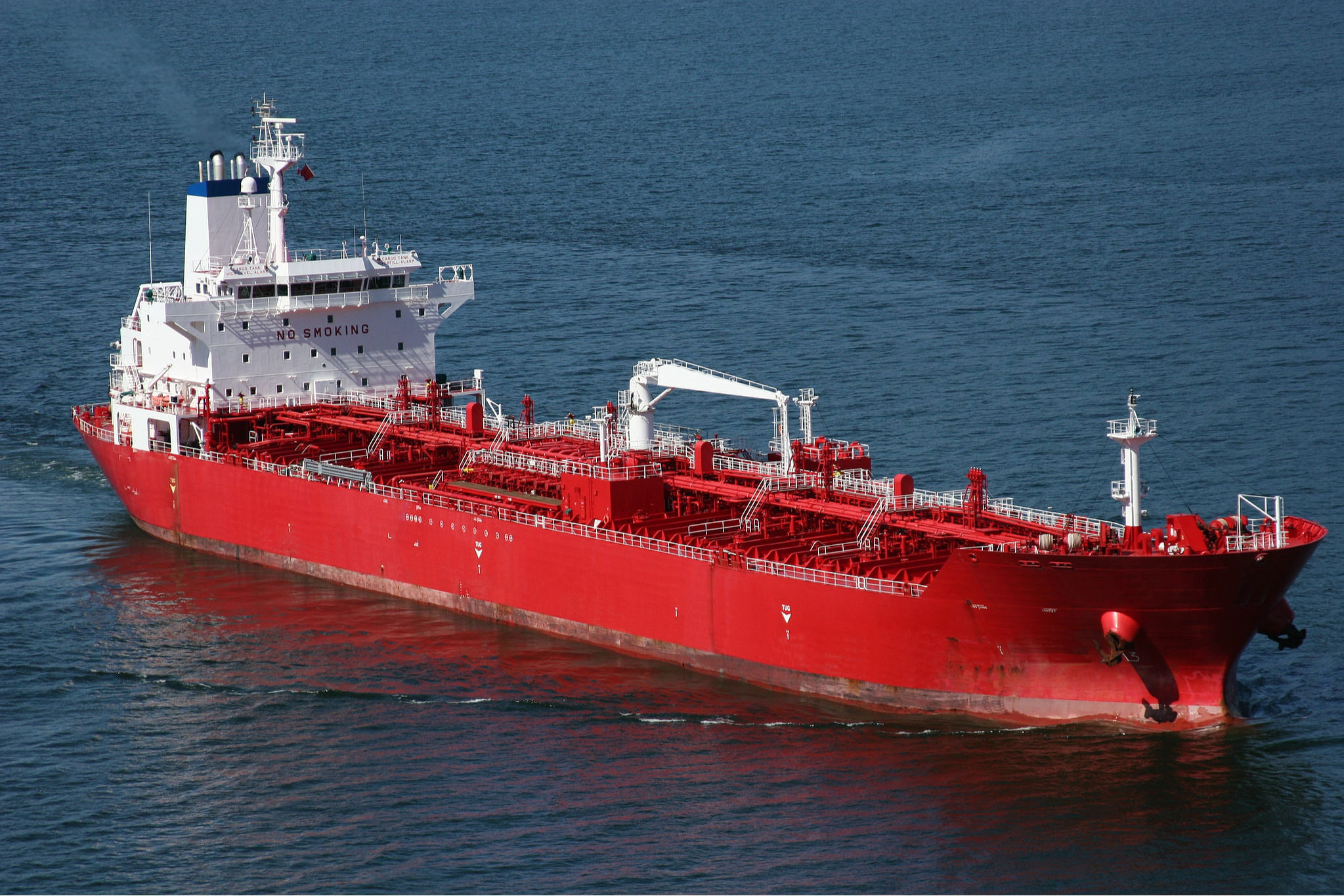

Maleic anhydride plays a key part when it comes to acting as a compatibilizer for polymer blends, helping different types of polymers stick together better at their interfaces. What makes this compound so effective is how it brings in those special functional groups that get involved in actual chemical reactions, which ultimately boosts compatibility between otherwise incompatible polymers. Most often, the grafting happens through what's called radical polymerization. Basically, this process starts growing polymer chains and allows maleic anhydride molecules to form chemical bonds with other polymer components. The result? Stronger mechanical properties like increased tensile strength, which means the final product stands up much better under stress. Industries working with coatings and adhesives find these improvements particularly valuable since they need materials that will adhere properly across all sorts of surfaces and conditions.
Studies have shown that grafting with maleic anhydride works pretty well for making materials stick together better, with real world tests demonstrating much better adhesion and stronger tension resistance. One particular experiment published in the Journal of Materials Science looked at radical polymerization techniques involving maleic anhydride and found that it really boosted the mechanical qualities of mixed polymer systems. The automotive sector has been particularly interested in this technology, incorporating these enhanced blends into car parts where durability matters most. Construction companies are also adopting them for structural components that need to withstand heavy loads over time.
When mixed together, maleic anhydride and acrylic monomers like methyl methacrylate or ethyl acrylate create polymers with better overall characteristics. The chemical interaction between these components lets manufacturers tweak certain qualities including how flexible the material is, its ability to withstand stretching forces, and how well it holds up under heat exposure. These adjustments mean the final product can be fine tuned for what needs to happen in real world conditions. Look at paint formulations for instance where this kind of customization matters a lot. Paints made with these modified polymers tend to stick better to surfaces and last longer before peeling off. Similarly adhesive products benefit from these improvements too, which explains why we see them appearing so frequently across various manufacturing sectors today.
Industry professionals point out several benefits when combining these materials for business use because they can create products that stand up well against various environmental factors while still being adaptable. According to recent market research, materials made through this approach show much better resistance to wear and tear as well as changes in temperature, which makes them suitable for tough working conditions where reliability matters most. The process works by taking advantage of how maleic anhydride reacts with certain types of acrylic acids to generate superior materials needed across many industrial sectors. These innovations help tackle long-standing problems faced by material scientists looking for durable yet flexible options in their field.
Maleic anhydride plays a key part in improving how different polymers stick together, which makes composite materials perform much better overall. Think of it as creating connections between various polymer components so they bond properly inside blends. This matters a lot for products that need to last through tough conditions without breaking down. The chemical also helps spread out fillers and colorants throughout materials, resulting in consistent looks across surfaces and better performance characteristics in things like protective coatings and plastic films. For manufacturers concerned about both appearance quality and structural integrity, proper use of maleic anhydride can make all the difference in final product outcomes.
Industry data and various research findings indicate that adding maleic anhydride really boosts how well materials stick together. When manufacturers incorporate this compound into polymer blends, they typically see much stronger cohesion between components. Take automotive painting as a prime example. Car manufacturers rely on these enhanced properties for paint jobs that maintain their vibrant colors and won't peel off even after years of exposure to harsh weather conditions. The benefits go beyond just cars too. Better adhesion means products last longer across multiple sectors including construction materials and food packaging solutions. These industries depend heavily on materials that not only look good but stand up to daily wear and tear without compromising safety standards or aesthetic appeal.
Composites modified with maleic anhydride are changing how cars are built, mainly because they cut down on overall vehicle weight. Lighter vehicles need less power to move around, which means better gas mileage at the pump. Some research indicates that cutting car weight by about 10 percent can boost fuel efficiency somewhere between 6 to 8 percent. That kind of saving makes sense why so many car makers are starting to incorporate maleic anhydride into what they build. Take bumpers and body panels made from these special composites for instance. They perform really well in testing, stick together better during manufacturing, produce fewer harmful emissions, and last longer than traditional materials. The connection between using maleic anhydride, saving weight, and getting better fuel economy keeps showing up in studies. For companies trying to make greener vehicles without sacrificing quality, this stuff has become pretty much essential.
Maleic anhydride plays a key role in developing environmentally friendly packaging solutions that offer improved barrier protection against moisture and oxygen. These improvements matter because they help cut down on environmental damage through packaging that works better and can actually be recycled or reused multiple times. When manufacturers incorporate maleic anhydride into their materials, products stay protected during transport and storage while generating less waste overall, which fits right into what many countries are trying to achieve with their green initiatives. We're seeing this trend reflected in actual market data too the need for greener packaging options keeps growing steadily, and companies specializing in maleic anhydride tech have seen their market presence expand significantly within the packaging sector over recent years. Major players in the industry are pushing hard for adoption of these new approaches, pointing out how they slash carbon emissions and support efforts to keep materials circulating rather than ending up in landfills.
Cellulose modified with maleic anhydride represents a breakthrough in creating biodegradable materials. Cellulose itself is a naturally occurring polymer found abundantly in plant matter. When treated properly, it becomes possible to manufacture bioplastics that serve as real alternatives to standard petroleum-based plastics. These new materials break down much faster than regular plastic products, which helps cut down on landfill waste. Researchers have documented several instances where adding maleic anhydride actually improved the performance characteristics of bioplastics enough to make them viable options across different industries. We're talking about everything from food packaging solutions to components used in car manufacturing. Recent environmental testing confirms what many suspected all along: these modified materials degrade at noticeably higher rates while still maintaining structural integrity during their useful life. For anyone concerned about sustainability issues, this development points toward some genuinely positive changes ahead for our planet's health.
Maleic anhydride plays a key role in making polymer production greener and helping manufacturers meet their sustainability targets. What makes this compound so valuable is its ability to act as an efficient catalyst during polymerization without requiring extra energy input. Research shows that when incorporated into different types of polymers, maleic anhydride can cut down on emissions somewhere around 20%, though results vary depending on the application. Major chemical producers like BASF and Dow have launched programs specifically focused on cutting carbon footprints across their product lines by incorporating maleic anhydride into manufacturing processes. These industry moves aren't just about environmental responsibility they also respond to stricter regulations from bodies like the EPA and growing consumer pressure for sustainable alternatives. As global markets continue to prioritize green credentials, companies investing in maleic anhydride technology position themselves ahead of regulatory curves while meeting customer expectations for responsible production practices.
Maleic anhydride really makes a difference when it comes to making polymers easier to recycle, which helps move us closer to that circular economy everyone keeps talking about. When added to plastics, it improves how different materials stick together at their surfaces, basically acting as a kind of molecular glue. This means recycling plants can process these materials much better than before, resulting in end products that actually look and perform decently after being recycled. Take the work done by groups like the Ellen MacArthur Foundation for example they've been running pilot projects where maleic anhydride treated plastics are showing real promise. Their findings have influenced regulations across several countries too. Look at the numbers from recent studies: materials treated with maleic anhydride saw around 15% improvement in how well they could be recycled again. For manufacturers dealing with plastic waste mountains, this kind of advancement isn't just good for the environment it also represents serious cost savings down the line.
Maleic anhydride plays a key role in improving how quickly polylactic acid (PLA) breaks down naturally. When added to PLA, this chemical speeds up the decomposition process, which makes it great for things like green packaging materials and agricultural products. Studies show that when modified with maleic anhydride, PLA tends to break apart much faster in certain environments, especially when exposed to moisture and heat. The possibilities for this technology are expanding rapidly, especially in food packaging where companies need materials that won't stick around forever. Researchers from journals like Biotechnol. Adv. have noted growing interest in these modified polymers, suggesting we might see more demand for sustainable alternatives in coming years. As manufacturers start incorporating these improvements into their production lines, they're not just creating better products but also helping reduce plastic waste across multiple industries.
 Hot News
Hot News2025-07-25
2025-06-16
2025-04-07
2025-04-07
2025-04-07
2025-12-03

